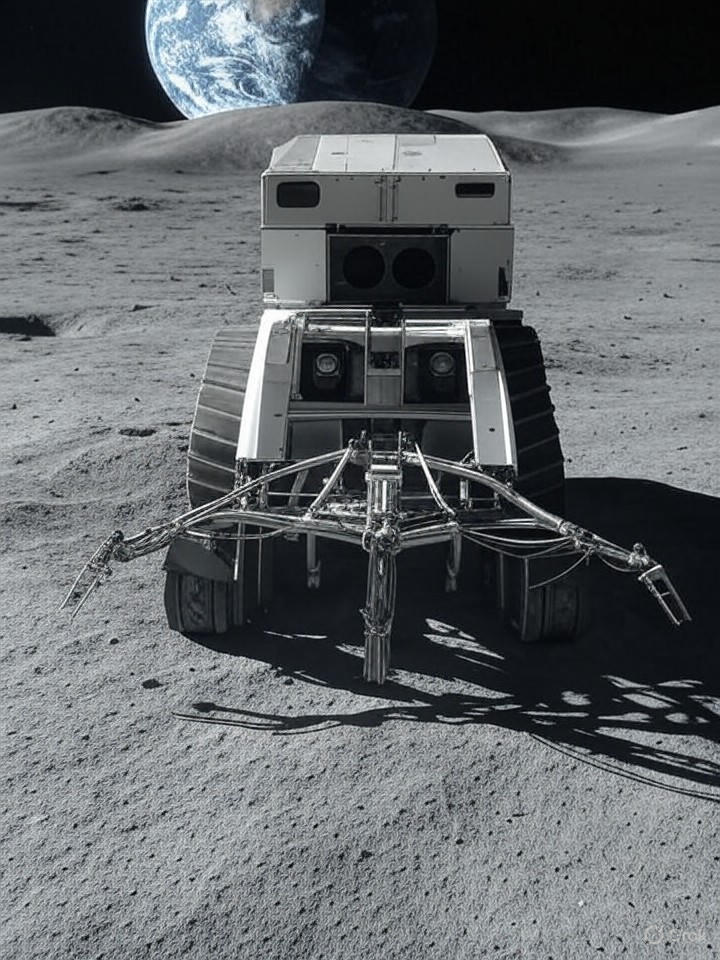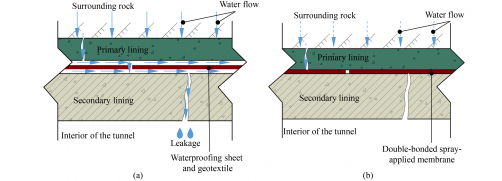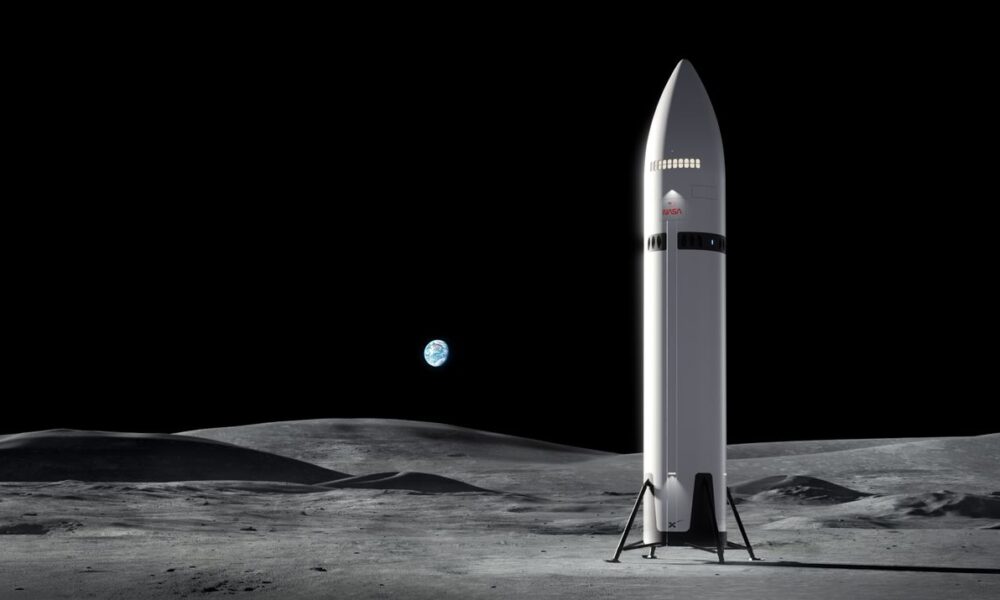A pioneering mining company, Interlune, has announced its plans to extract helium-3 from the lunar surface by 2028. This rare isotope, which has potential applications in quantum computing and clean energy, could significantly impact global industries. The company claims to have identified valuable helium-3 deposits, marking a significant step in the burgeoning field of space mining.
The announcement comes at a time when interest in lunar resources is surging. Nations and private entities are increasingly focused on capitalizing on the moon’s untapped wealth. Helium-3, abundant in lunar regolith due to billions of years of solar wind exposure, is not found in significant quantities on Earth. It holds immense potential as a non-radioactive fuel for nuclear fusion reactors, offering a pathway to limitless, waste-free energy. Industry experts estimate its value could reach up to $20 million per kilogram, driven by rising demand in high-tech sectors.
Geopolitical Context of Lunar Resource Extraction
This development unfolds against a backdrop of intensified competition between global superpowers, particularly the United States and China, both striving for lunar dominance. According to a report from Space.com, Interlune’s objectives align with broader ambitions to secure helium-3 for use in quantum computing, where it functions as a critical coolant for maintaining ultra-low temperatures. The startup has already secured contracts, including an agreement to supply 10,000 liters of extracted helium-3, indicating early confidence in the market.
Interlune has also introduced a prototype harvester capable of processing 110 tons of lunar soil per hour. This innovative machinery is designed to tackle the unique challenges of lunar operations, such as extreme temperatures and the lack of atmosphere, while minimizing environmental disruption.
Technological Innovations and Future Challenges
The applications of helium-3 extend beyond energy production; it is also valuable in medical imaging and supercomputing, where its scarcity on Earth has driven prices up significantly. A piece in Forbes highlights that Interlune is developing robotic systems for autonomous mining, expected to be operational by 2028. This timeline aligns with NASA’s Artemis program and China’s Chang’e missions, which aim to establish the necessary infrastructure for transport and processing of lunar materials.
Despite the exciting prospects, challenges remain, including the high costs associated with space travel and the uncertain economics of transporting materials back to Earth. Proponents argue that in-situ resource utilization—using lunar materials to construct habitats or fuel depots—could help offset these expenses. Insights from Interesting Engineering suggest that global superpowers view helium-3 as “moon gold,” with Russia also entering the competition, potentially reshaping energy geopolitics.
Financially, Interlune is attracting investors eager to support the venture. The company has raised funds to deploy multispectral cameras for precise resource mapping, as noted in Autoevolution. Additionally, a significant deal with the quantum cryogenics firm Bluefors marks one of the largest contracts related to space resources to date, underscoring helium-3’s vital role in advancing computational power.
Ethical considerations regarding lunar resource extraction are also emerging. Questions surrounding equitable access to these resources under the Outer Space Treaty have been raised. Critics caution against a new wave of colonialism, while supporters, including those cited in European Space Agency (ESA) publications, emphasize the potential for shared technological advancements, such as safer fusion energy that could combat climate change.
As the industry looks to the future, successful helium-3 mining could catalyze a more extensive space economy, encompassing the extraction of water ice, rare earth elements, and oxygen from lunar soil. Insights from 21st Century Tech Blog indicate this could facilitate permanent lunar settlements, ultimately reducing reliance on Earth-supplied resources.
For industry insiders, the critical factor is scalability. If Interlune’s prototypes prove effective, the venture could attract billions in investment, transforming space into a profitable domain rather than merely a scientific frontier. This lunar endeavor represents a pivotal shift, where the moon’s surface could become a hub for innovation and commerce, bringing the dream of harnessing cosmic resources closer to reality and promising profound impacts on Earth’s technological landscape.







